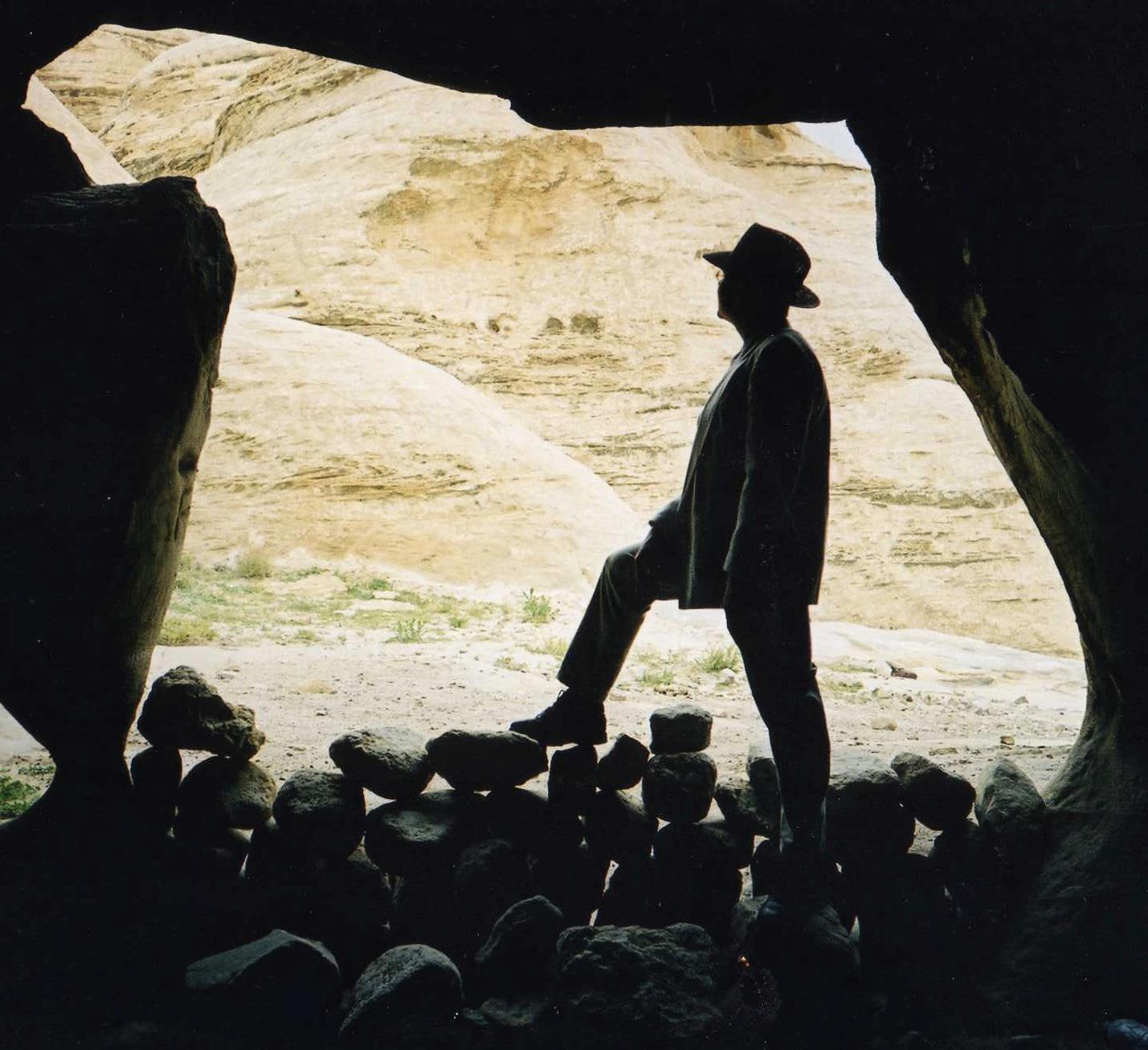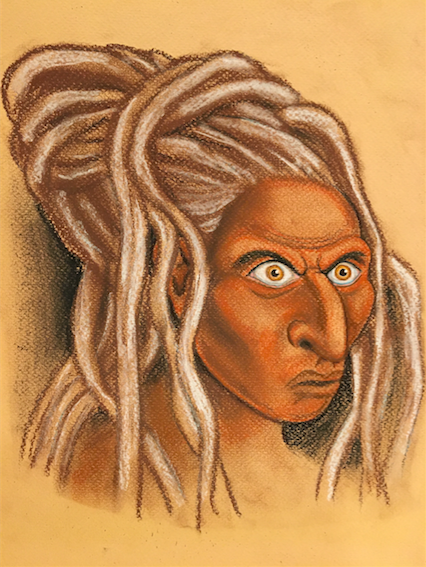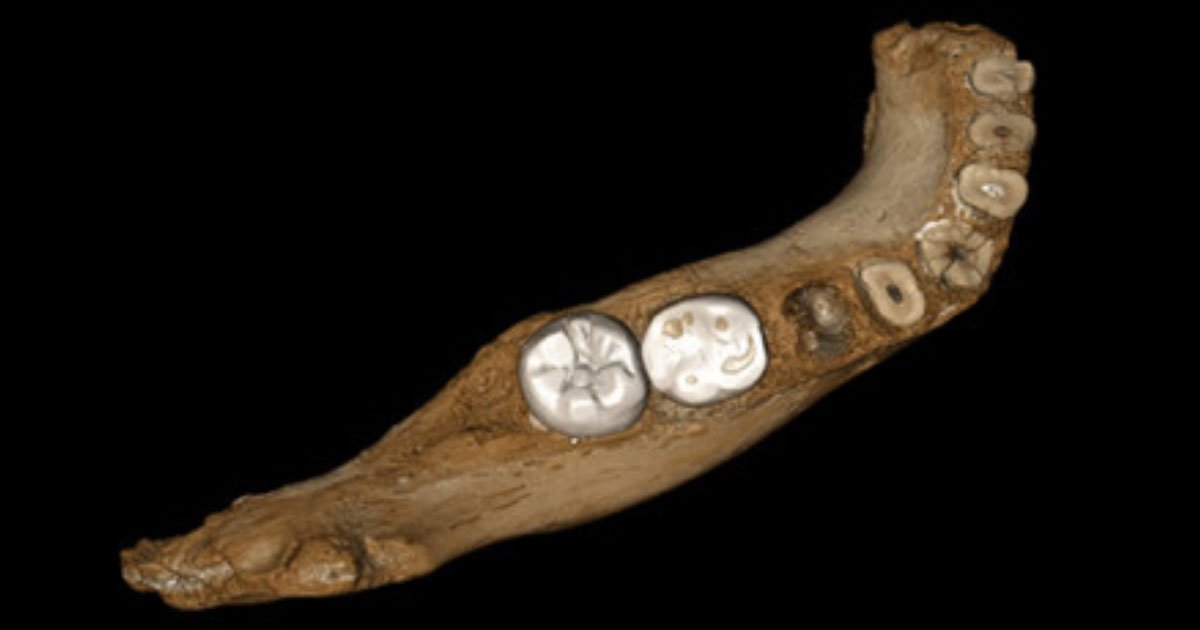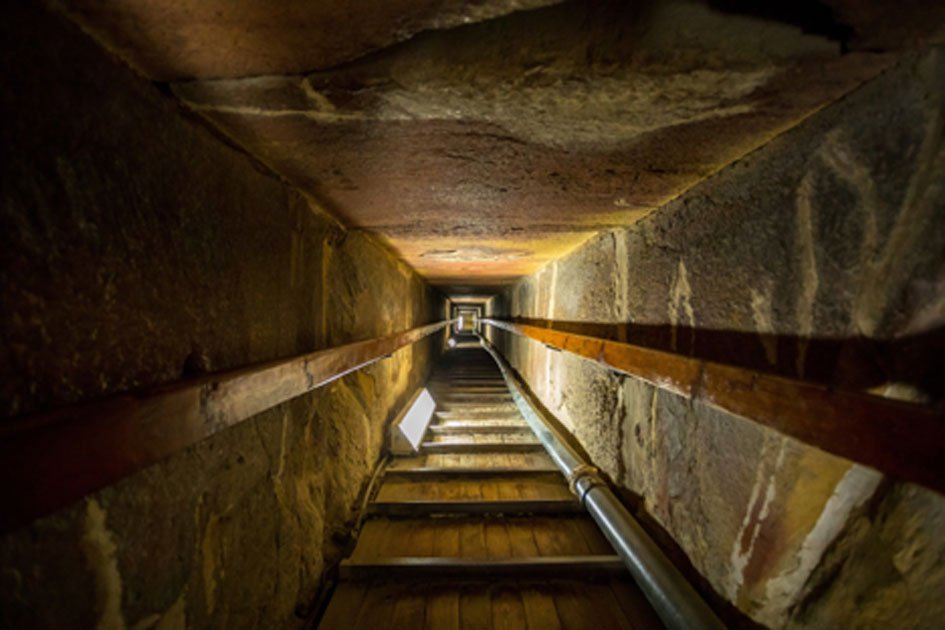
A N D R E W CC O L L I N S
WRITER, EXPLORER AND LECTURER
HIS ARTICLES ON
Andrew is now writing regular articles for Ancient Origins on the very latest news coming out of the world of archaeology and anthropology Here is a breakdown of Andrew's articles published on Ancient Origins |
Goddess
of the Seven Stars: The Rebirth of Sobekneferu
3
November, 2020 - 22:06
Ancient
Egypt's first female ruler was Sobekneferu. She reigned for a brief few years
around 3800 years ago. As short as her reign was it has had a massive impact on
popular consciousness - her memory contained in every female mummy resurrected
to live again in blockbuster movies such as 2017's The Mummy and 1980's The Awakening.
All these films were inspired by Dracula writer Bram Stoker's "shocking"
post-Victorian novel The Jewel of the Seven Stars, published in 1903. He
chose Sobekneferu as his role model for the ancient Egyptian queen featured in
the story. Read how this came about, and of the ancient stellar beliefs adhered
to by Sobekneferu in part one of what will be a three part series on this powerful
and highly enigmatic woman who ruled the world's largest ancient empire of its
age. The article features a stunning new artistic impression of Sobekneferu by
the talented London artist Russell M. Hossain.
Sobekneferu’s Legacy: The Sacred Places of Egypt’s First Female Pharaoh
10
November, 2020 - 18:40
In part one of this feature we saw how Egypt’s first female pharaoh Sobekneferu (also written Neferusobek) has emerged as a major character both in literary fiction and in the cinema. Her mysterious life and devotion to primeval gods such as the crocodile god Sobek no doubt helped foster this romantic image. Despite this, Sobekneferu’s achievements in life remain an enigma. To better understand Sobekneferu’s lasting legacy we examine monuments directly or indirectly associated with her, for these can provide certain clues regarding her actions in life. We look at her father Amenemhet III's funerary complex at Hawara in El Faiyum, which includes the famous Labyrinth of antiquity, as well as Sobekneferu's own pyramid at Mazguneh. We examine also the strange megalithic temple located at Qasr el-Sagha, north of the Qarun Lake in the Faiyum Oasis, one of the most mysterious sites in Egypt. We see how these sites inter-relate reflecting not just an honouring of the Old Kingdom's Pyramid Builders at places like Giza, but also the star Eltanin in the constellation of Draco, the hippo-croc hybrid of ancient Egyptian astronomy.

Durrington
Shafts: Is Britain’s Largest Prehistoric Monument a Sonic Temple?
7 July, 2020 - 05:53
Durrington
Shafts is British archaeology’s greatest enigma for a very long time. But
who built it, when, and why? Evidence suggests it was constructed in the first
half of the third millennium BCE by the enigmatic Grooved Ware culture, and that
is functioned as an enormous sonic temple. Its straight walled shafts most likely
acted as sound resonators. What is more, the structure’s overall shape is
not that of a perfect circle, but of a Type D flattened circle as defined by Scottish
engineer Professor Alexander Thom, the surveyor of around 250 circles across the
British Isles. Lastly, it is demonstrated how Durrington Shafts conforms to rigid
landscape geometry linked in with other monuments in the Stonehenge-Durrington
landscape. A fundamental unit of length was used in this site-to-site relationship
equaling 144 feet in old imperial measure, this most likely being a deliberate
choice since it corresponds to the wavelength of 7.85 Hz, the fundamental sound
frequency calculated in connection with Durrington Shafts.
Scrutiny
of Göbekli Tepe’s Construction Reveals Celestial Secrets
1 May, 2020 - 19:00
Andrew Collins discusses the recent announcement that three of the oldest stone enclosures at Göbekli Tepe conform to an underlying geometry featuring an equilateral triangle. He shows how these discoveries - made by two Israeli archaeologists from Tel Aviv University - appear to confirm the orientation of the complex and lend weight to the hypothesis that its enclosures were built to target the stars. This brand new study also reviews earlier evidence indicating that the discovery of a grand design at Göbekli Tepe was perhaps inevitable.
The Far-Reaching Realms of Denisovan Ancestry Stretch to Iceland
25
April, 2020 - 13:59
Icelanders
have noticeable traces of Denisovan DNA. Find out the implications of this incredible
discovery and what it means for European prehistory in this new article. Features
the Orkney Isles, megaliths, stone circles, the lost world of Doggerland, Swiderians,
blade tool technologies, Finno-Ugric language speaking peoples, Göbekli Tepe,
Denisovan technology and innovation and, of course, Vikings!

The
face of a Siberian Denisovan by George Hernandez (pic credit: G Hernandez).
07
March, 2020 - 14:05
What the Denisovans might have looked like has been one of the hottest debates in paleoanthropology since the discovery of this extinct human lineage back in 2010. Andrew Collins working with historical researcher Debbie Cartwright and Californian artist George Hernandez bring together every piece of evidence to recreate the face of a Siberian Denisovan who last walked the earth 45,000 years ago
Genetic
Study Suggests Denisovans Were the Mythological Rakshasas
08
December, 2019 - 18:33
A new genetic study reveals new information about the Asian genome and the extent of Denisovan ancestry among Asian populations. It also provides new information about the possible presence of the Denisovans on the Indian subcontinent, including the fact that they could well be remembered in mythology as the legendary demon-like race known as the Rakshasas
45,000-year-old Cave Lion Figurine Uncovered At Denisova Cave?
20
November, 2019 - 23:00
Andrew
reports on the recent discovery of a 45,000 year old mammoth ivory figurine of
a cave lion found in Siberia’s Denisova Cave. He speculates on its probable
Denisovan origin and how a series of rows of notches upon its polished surface
might well indicate a connection between the cave lion and both the moon and the
18-year lunar eclipse cycle.

Did
Autism Make the Denisovans Savants of the Prehistoric Age?
22 October, 2019 - 13:40
Andrew
looks at new evidence that the Denisovans might well have passed on to anatomical
modern humans genetical traits relating to autism. If this is the case, then it
also now strengthens the case for the Denisovans themselves having had unique
attributes that might in today's terms be classified as either on the autistic
spectrum and/or savant-like in nature. This might well have included the ability
to calendar count, which originally probably had a more practical function relating
to predictions concerning the cycles of the sun and moon, in particular upcoming
eclipses.

New
Shocking Clues Into Human Origins From Qesem Cave
14 October, 2019 - 14:06
In
this ground breaking article Andrew reviews new archaeological evidence showing
that the inhabitants of Israel's Qesem Cave some 400,000 years ago displayed extremely
advanced innovation. Yet strangely these archaic humans display clear evidence
of having modern human physiological traits, even though the earliest known Homo
sapiens date to a much later age. Andrew goes on to propose that the Qesem
inhabitants were perhaps the forerunners of the Siberian Denisovans, their interest
in swan shamanism accounting for the proliference of swan ancestry and swan shamanism
among the indigenous peoples of Siberia and Mongolia from the Upper Paleolithic
age through till the modern day.

Wing
Bone Indicates Swan Shamanism Could Be 420,000 Years Old!
1
October, 2019 - 14:04
Andrew
reports on the recent discovery of a 420,000 year old swan wing bone in the Qesem
Cave near Tel Aviv in modern-day Israel, which is revealing the earliest evidence
of shamanism anywhere in the world. The importance of the swan as an animistic
totem among the inhabitants of the cave now suggests that even by this time, at
the end of the Lower Paleolithic age, the symbol of the bird was being seen as
a symbol of the human soul in flight, an incredible discovery with incredible
implications for our understanding of the rise of cosmology and shamanism among
our most ancient ancestors.

The
Teeth Have It:
Tracing
the Denisovan Legacy Around the World
25 July, 2019 - 22:56
Here Andrew explores the implications of the discovery of a Denisovan jawbone in a cave in Tibet, and how its unique dental traits reveal a unique pattern found among a large number of eastern and southeastern Asians peoples, particularly those at the extreme eastern edge of the Eurasian continent. This new information can provide a new understanding of the migration reach not only of Denisovans, but also their modern-day descendents both on the Eurasian continent and in the Americas.

The
Great Pyramid Experiment:
Measuring
the Sonic Capabilities of the Dead-end Passage
21
June, 2019 - 14:02
In
this article Andrew works with a team of Chinese volunteers on a grand experiment
to test the acoustic properties of the Great Pyramid, with some quite extraordinary
results. He explains how this unique experiment came about following a discussion
with British engineer Rodney Hale, and how it has shown the acoustic relationship
between the pyramid's various different key chambers.

The
Great Pyramid Experiment:
Exploring
Infrasound Technology Use By The Ancients
22
June, 2019 - 18:50
In
part two of this important article, Andrew further discusses the results of his
Great Pyramid Experiment in February 2019, showing that the dead-end passage in
the structure's subterranean chamber functions as a sound resonance tube producing
infrasound, something that has been associated with the playing of musical instruments
for ritualistic purposes for thousands of years. He shows also that the levels
of infrasound detected inside the tube are affected by the presence of human consciousness.

A
Trove of New Denisovan Discoveries Revealed
At A Recent Anthropological Conference
3
April, 2019 - 22:53
Andrew reports on a trove of new discoveries relating to the Denisovans released at the time of the annual meeting of the American Association of Physical Anthropologists held in Cleveland, Ohio. They include details of a archaic human mandible (lower jawbone) found in Tibet in 1980 and only recently identified as that of a Denisovan. He also breaks down two new genetic studies that show very clear divisions between the Siberian Denisovans of northern and eastern Eurasia and two variants of so-called Australo- or Sunda Denisovans found in the southern and southeastern part of the Eurasian continent. One of these later variants, living in Indonesia, the Phillipines and Papua New Guinea, might well have survived through to anything between 30,000 and 15,000 years ago, in contrast to the Siberian Denisovans who disappear as early as 45,000 years ago.
Click for all Andrew's articles on ...